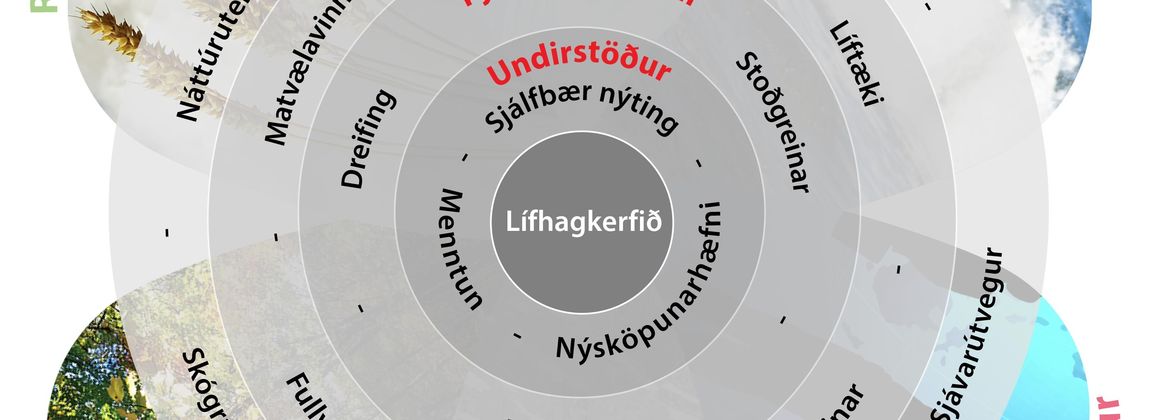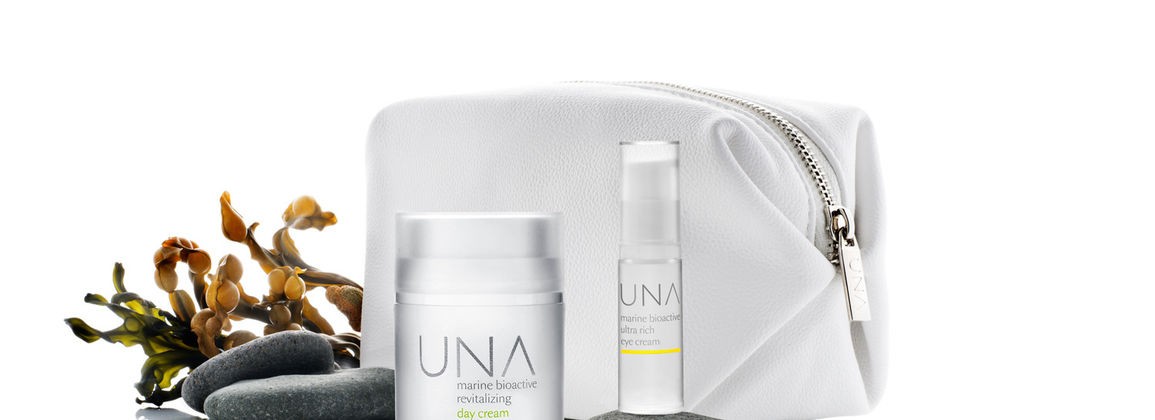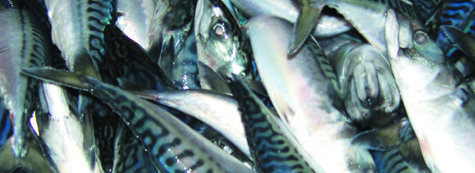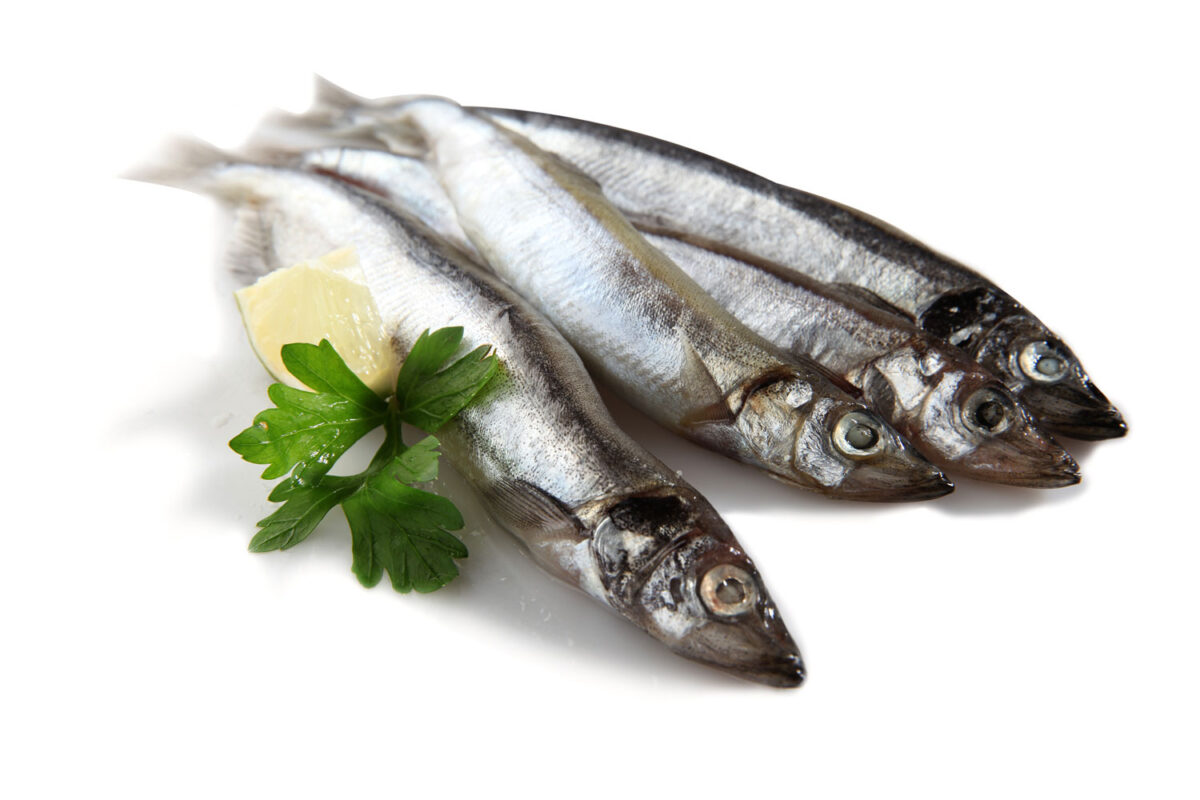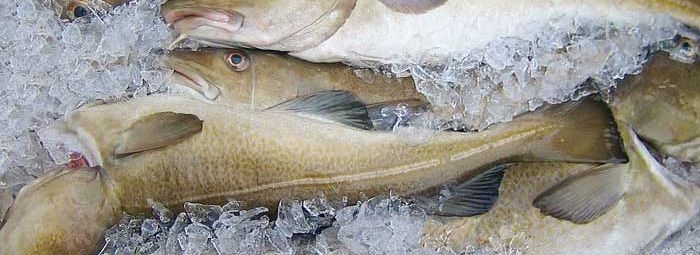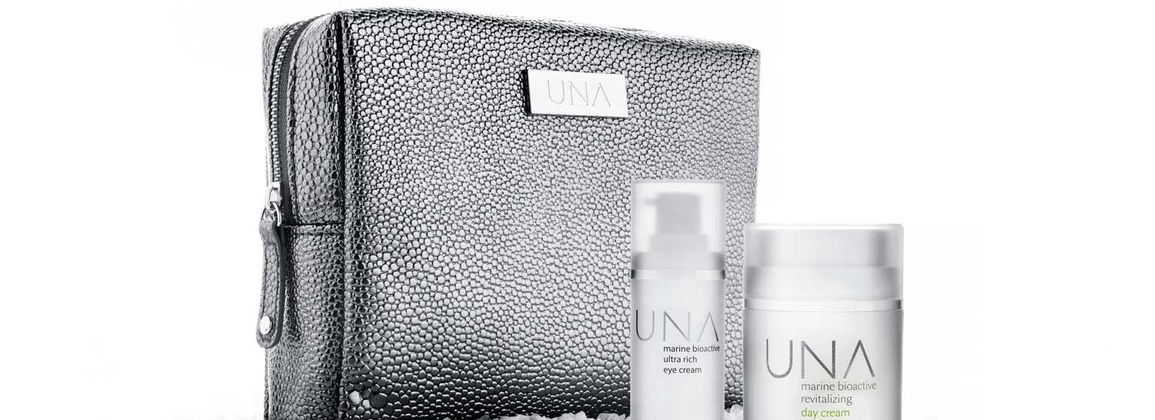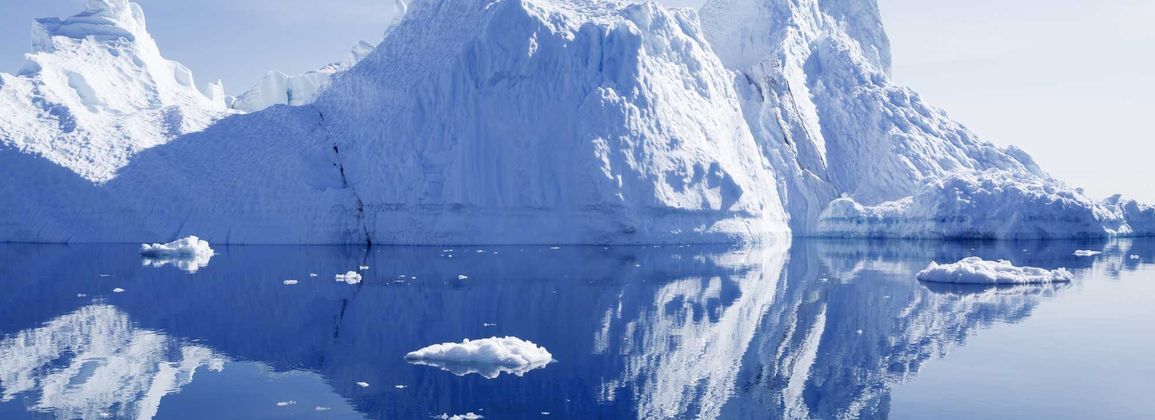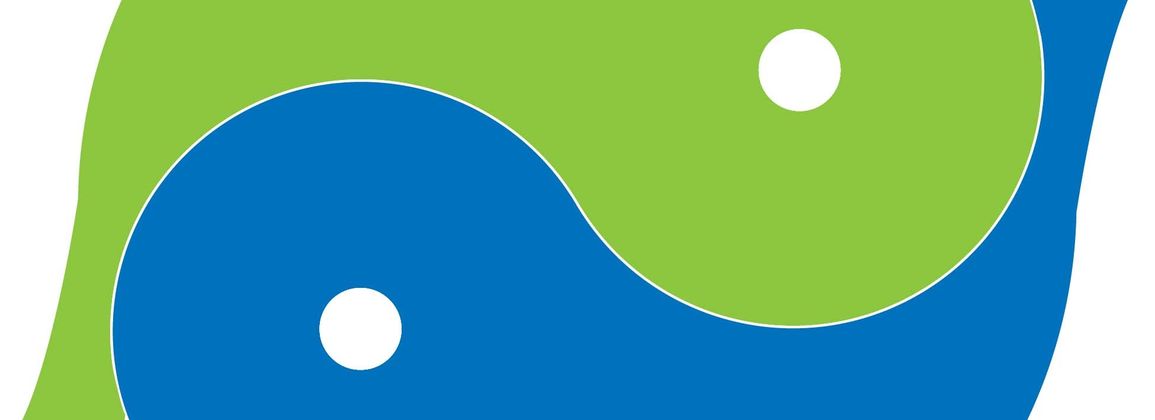A bioeconomy is the part of the economy that is based on organically sustainable and renewable resources that can be found in the sea, fresh water, in agricultural areas, in forests or in the wilderness. Basic industries such as fisheries and agriculture are thus part of the bioeconomy, on top of which derivative industries and services are based, such as food processing, biotechnology-based production, creative industries, distribution systems and research.
Strengthening the bioeconomy
In order to promote the strengthening of the bioeconomy, it is important to work across different industries and to look at by-products from one industry as a possible flow of raw materials into another. There must also be certain pillars in society, the utilization must be sustainable so that the resources are in fact renewable, it is important that the supply of education is suitable and the innovation capacity of society must be ensured, not least the areas adjacent to living resources. . Today, the world economy relies heavily on oil production, not only for fossil fuel production but oil production is also the basis of the chemical industry. Oil resources are finite resources that will be depleted and their use will have a negative impact on the environment. The bioeconomy is considered to replace an economy based on oil production and thus move towards an economy based on the sustainable use of renewable resources.
Research and innovation focus
In Iceland, the utilization of organic resources, especially marine-related resources, plays a greater role in the economy than in many other places. When looking at the Nordic, European and other regional or international research and innovation programs, it is clear that there is an increasing emphasis on the bioeconomy. This increased international emphasis on the bioeconomy opens up opportunities for Iceland to participate broadly in research and innovation with the aim of increasing value creation and strengthening the Icelandic bioeconomy. It is therefore important to seize the opportunity and that Icelandic research and innovation emphases support this development so that the greatest possible synergy effect is achieved in this field.
Big challenges
The reason why the bioeconomy and its strengthening are so prominent in international programs is that the development, strengthening and development of the bioeconomy is one of humanity's main responses to the great challenges it faces. This applies to food and food security for more and more people around the world. Also to combat and adapt to global warming, the replacement of fossil fuels and the replacement of oil-based substances today. It can also be said that the strengthening of the bioeconomy can play a major role when it comes to rural development and population composition in scattered settlements bordering on living resources. In addition to being the key to increasing the resilience of ecosystems to shocks, whether in the event of eruptions, floods or hurricanes, and to the planning of land and sea areas.
Increased value creation in the bioeconomy
Innovation in the bioeconomy involves increasing the value and utilization of all raw materials generated during cross-sectoral processing, through the production of by-products and / or more valuable products from already utilized raw materials. It can involve improved processing, refrigeration and transport processes that increase the utilization and quality of products.
The innovation can also involve the application and development of new technology to isolate and process various materials for industrial production from organic raw materials instead of oil. In this connection, special attention is paid to the utilization of organic waste, underutilized resources such as seaweed and kelp and increased cultivation of, for example, algae, bacteria or fungi. In addition, significant opportunities can lie in the genetic uniqueness of organisms in certain areas, where thermophilic bacteria in Icelandic hot springs are a good example, but they can be used for the production of heat-resistant enzymes that are used in various industries.
Driving forces in the bioeconomy
Although the increase in value is highlighted here as an important driving force, there are also other important factors that encourage the development of the bioeconomy. These include regional food security, which is based not only on adequate food production but also on the fact that areas are self-sufficient in the necessary raw materials for food production, such as feed and fertilizer. A positive effect on rural development can also be seen as a driving force, as, for example, the development of the biotechnology industry, which calls for proximity to living resources, can increase the supply of jobs for educated people in scattered settlements. Environmental impact and sustainable use to ensure the sustainability of organic resources will, of course, always be the starting point for the development of the bioeconomy. Life resources are and will be important to Icelandic society, the strengthening of the bioeconomy has been and will be one of the most important factors in maintaining and increasing prosperity in Iceland in the future.
For further information Sigrún Elsa Smáradóttir at Matís. This article appears in Fréttablaðið May 1

